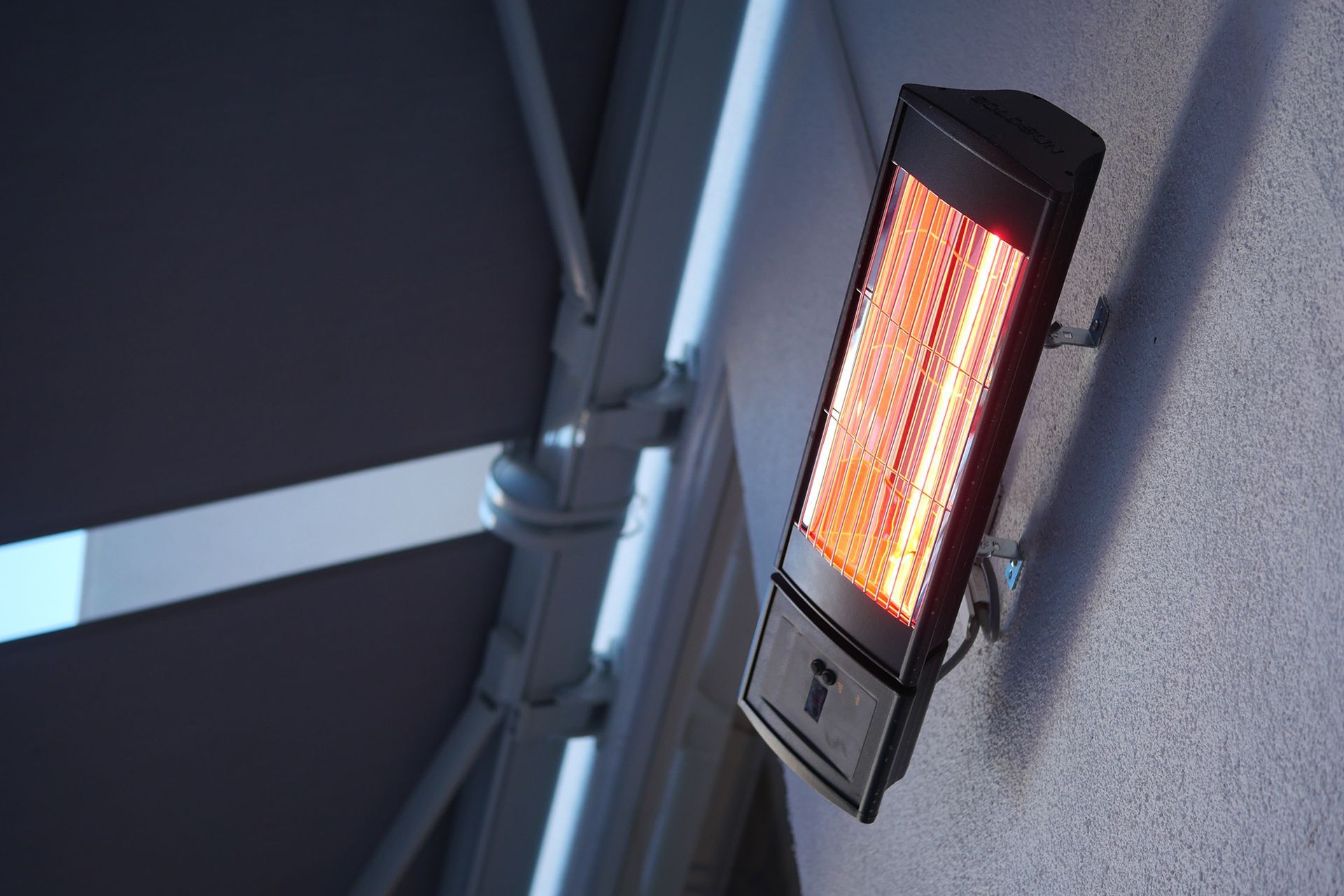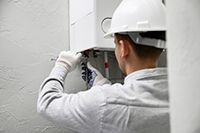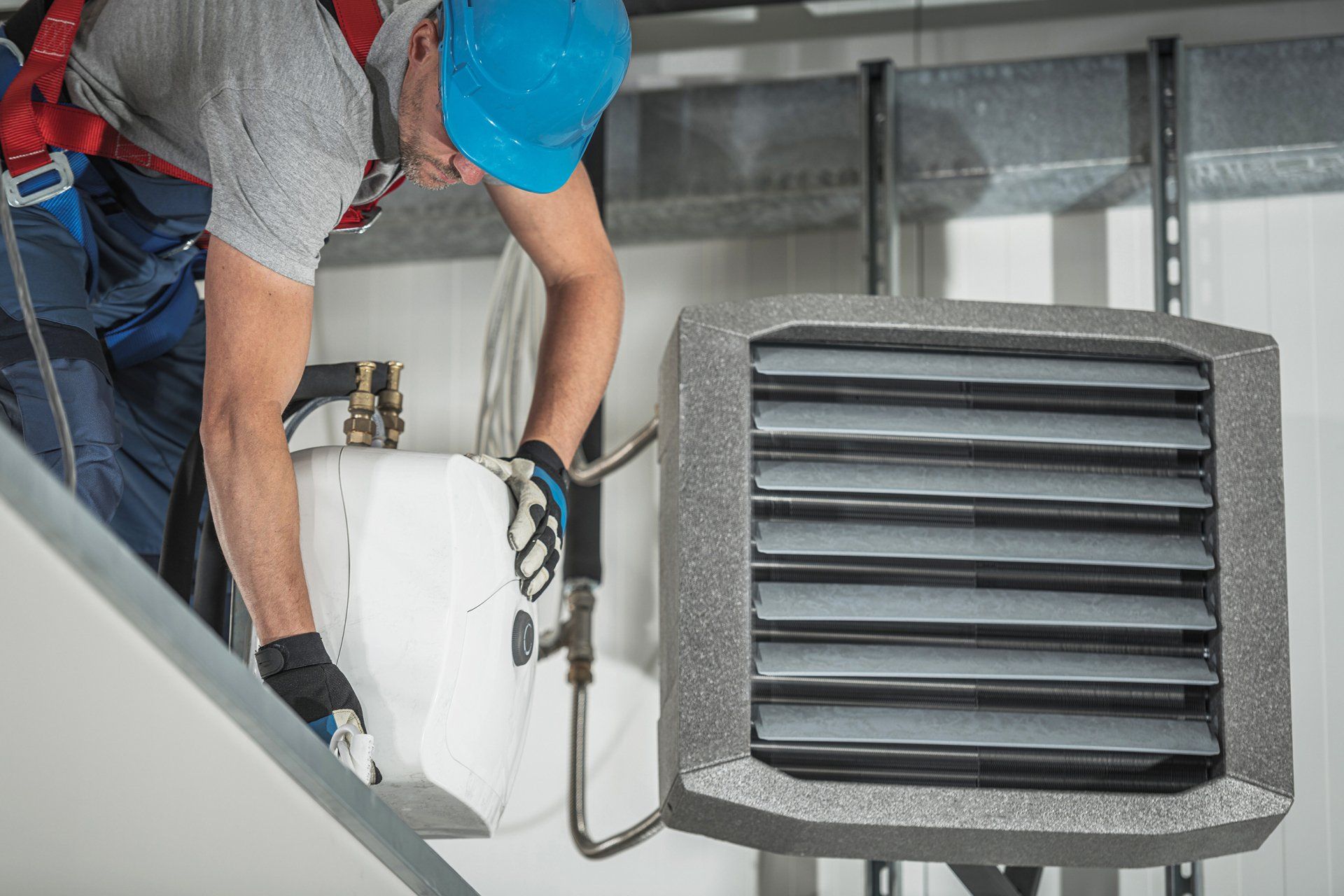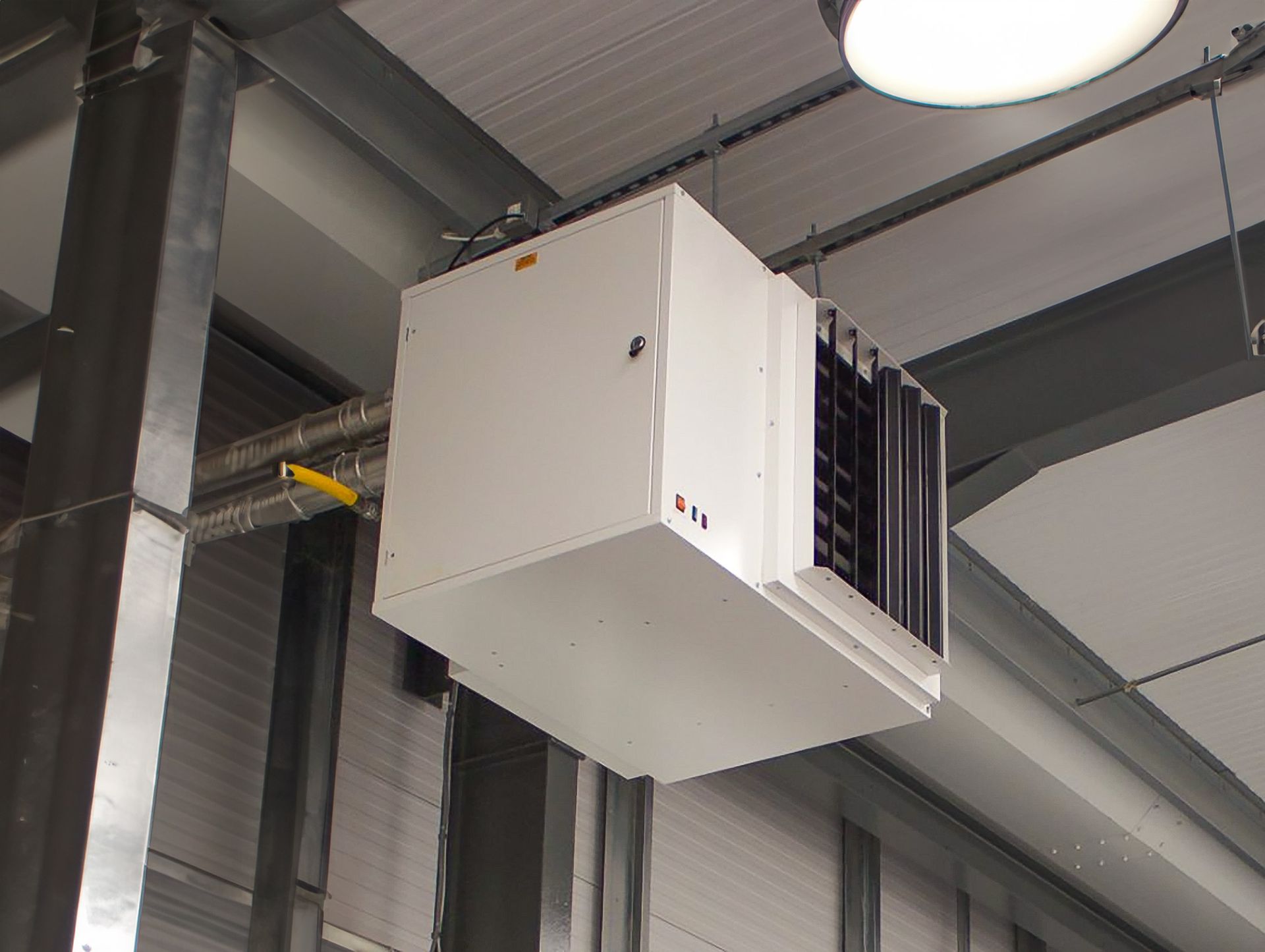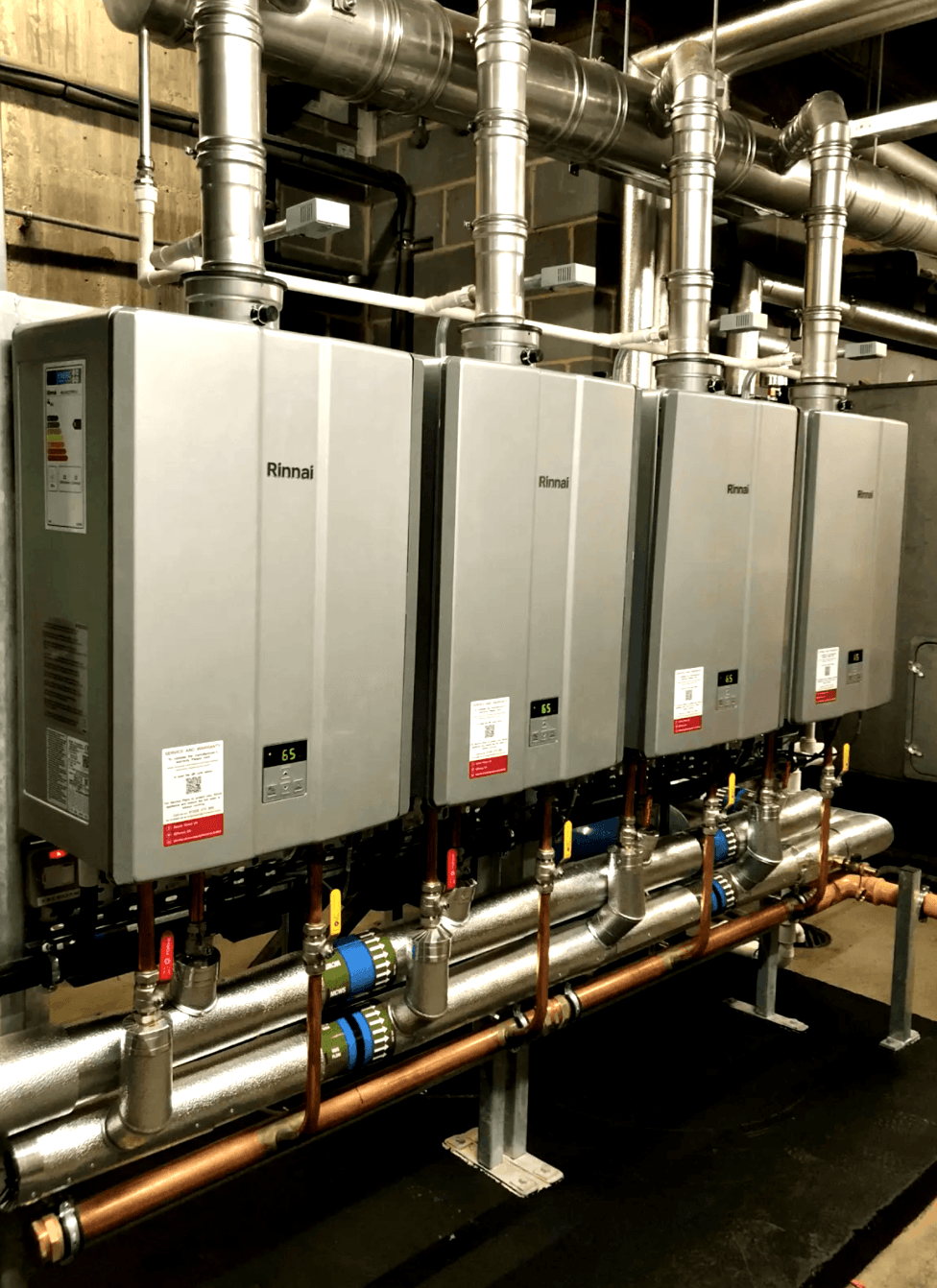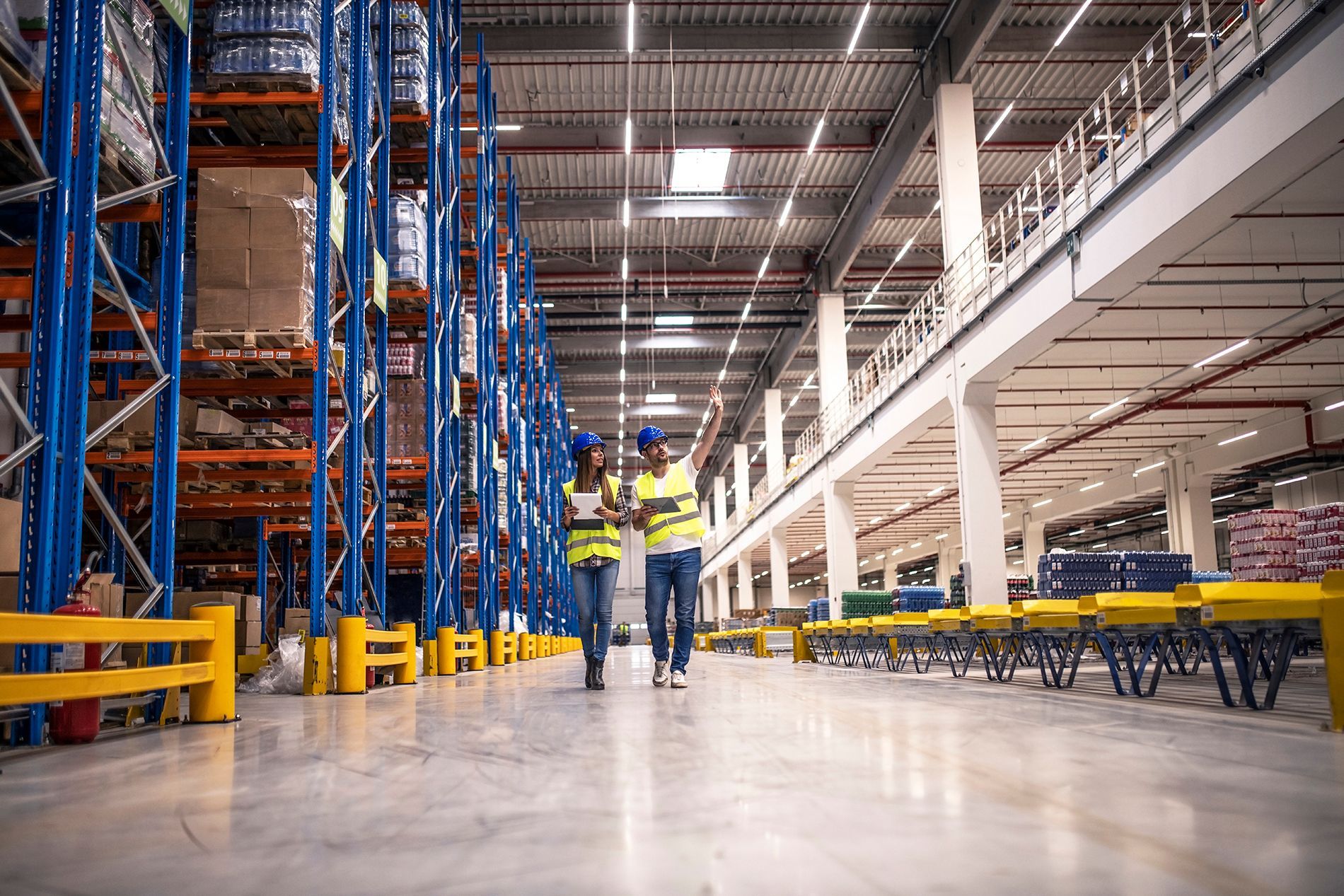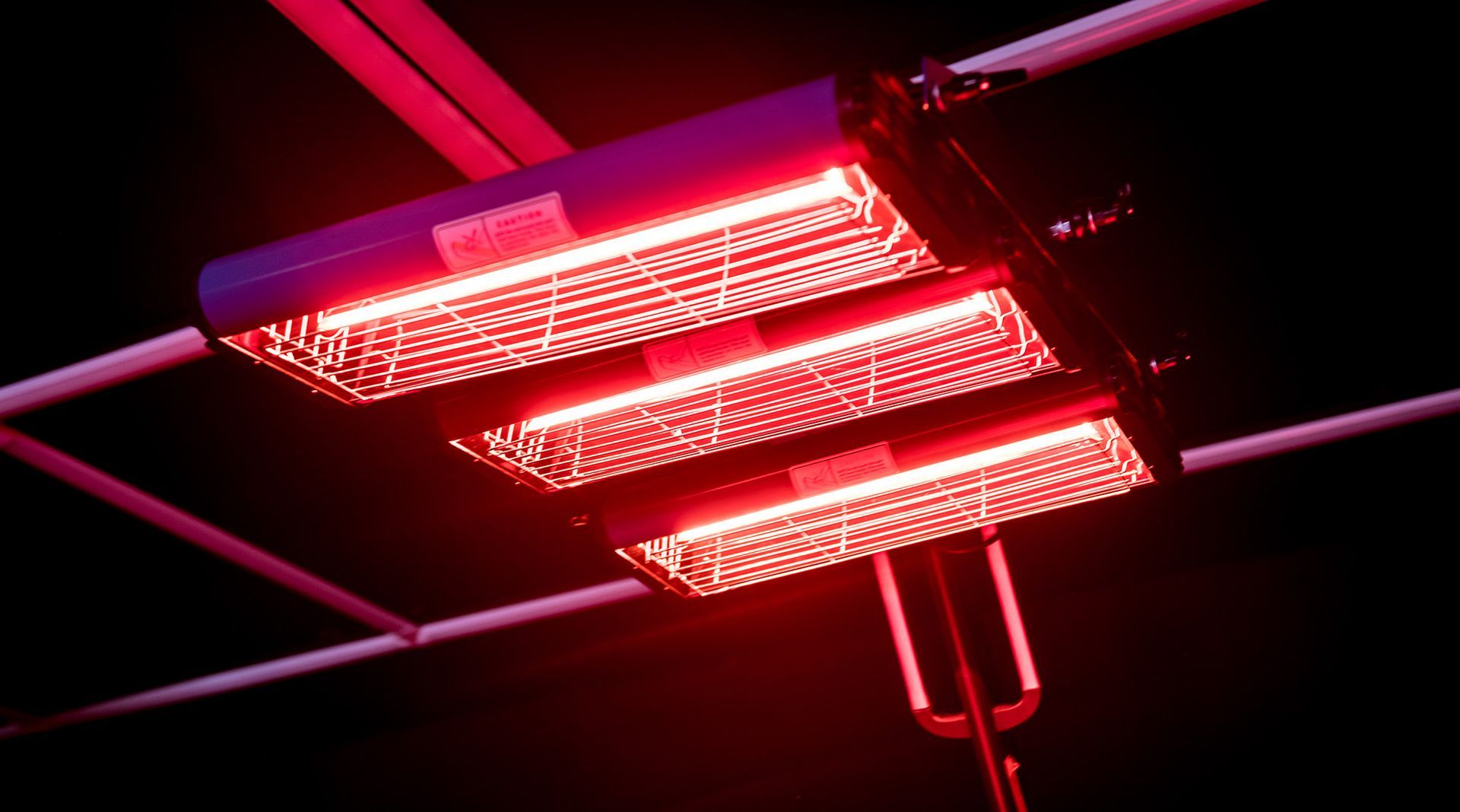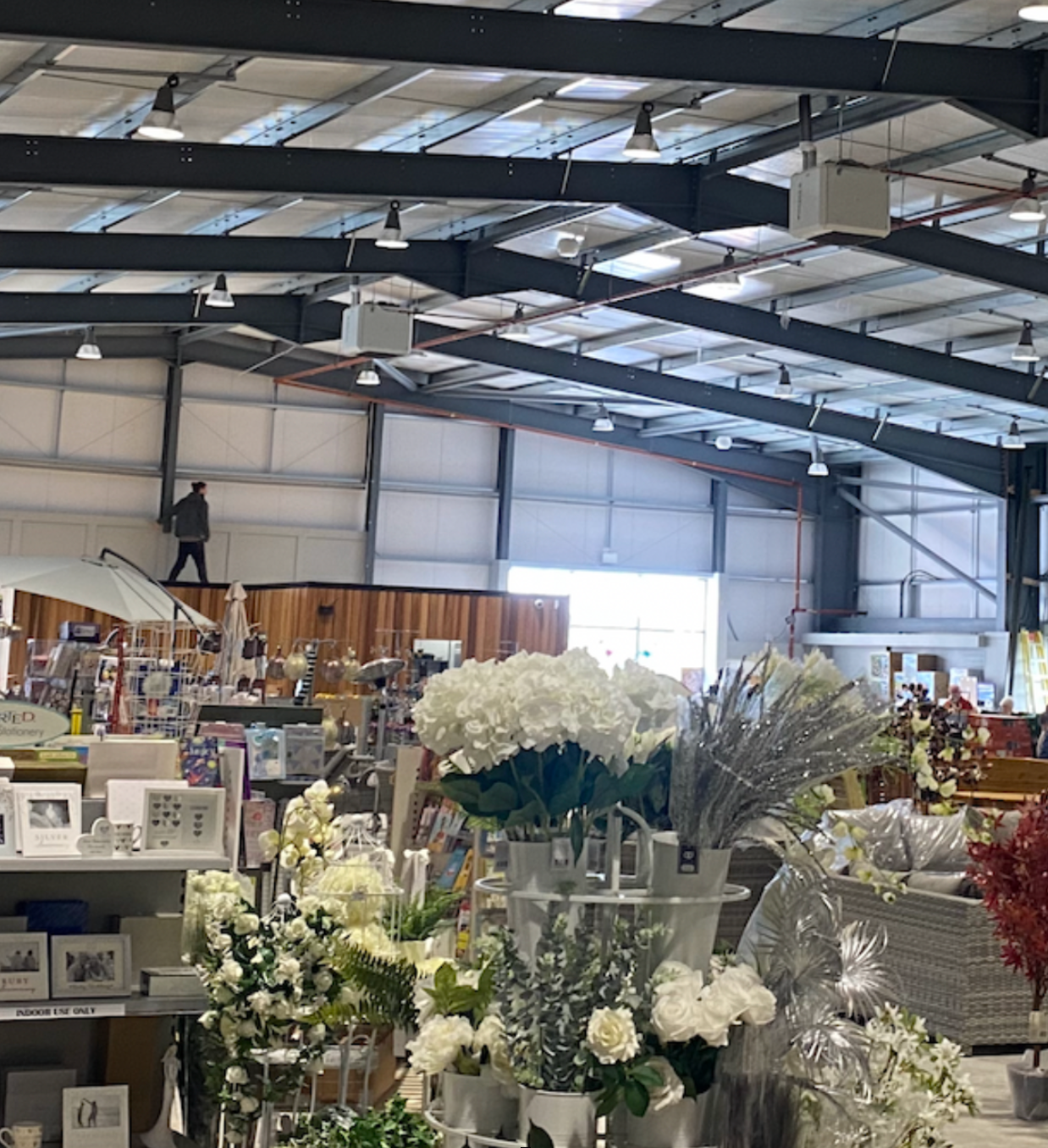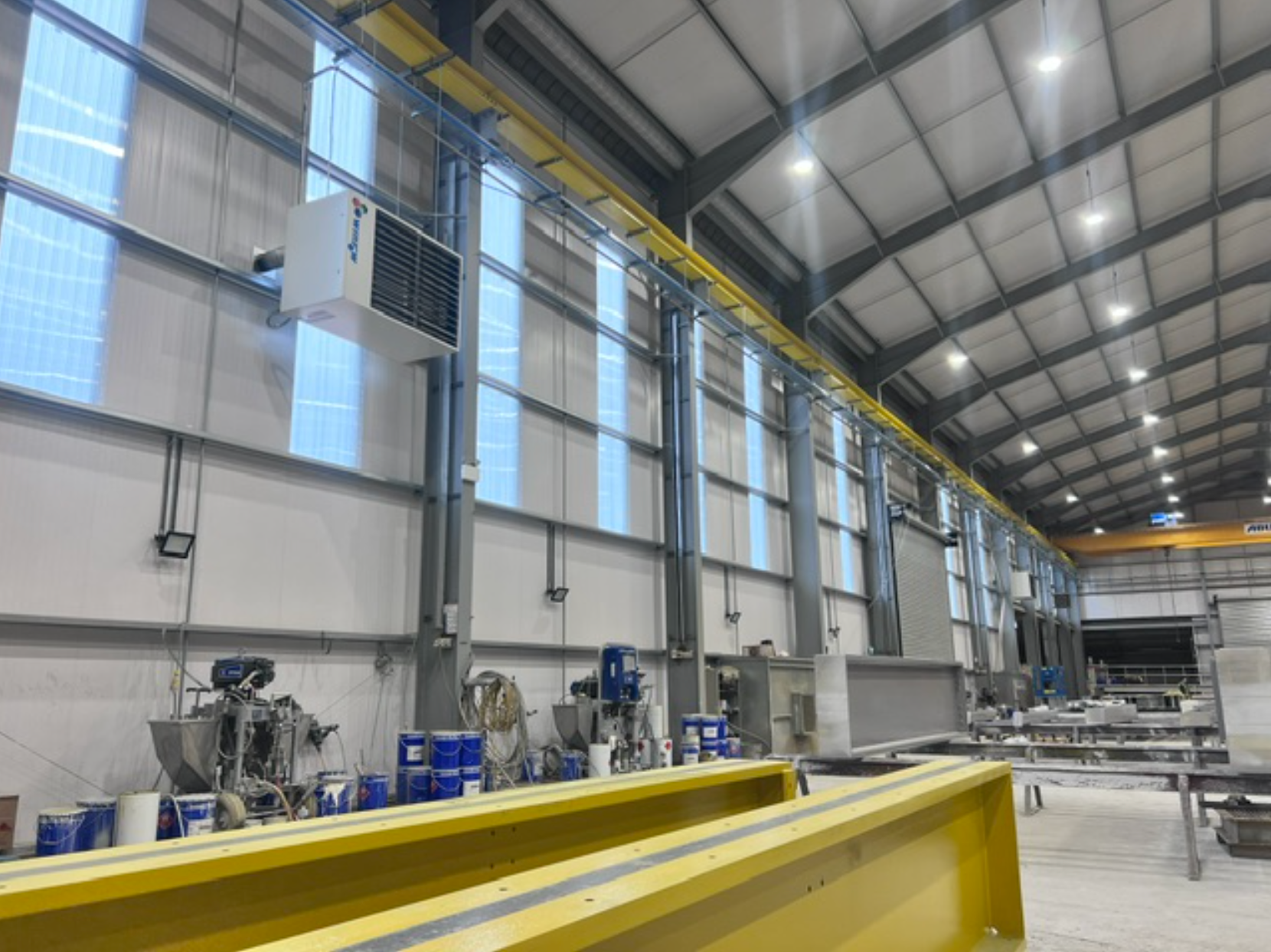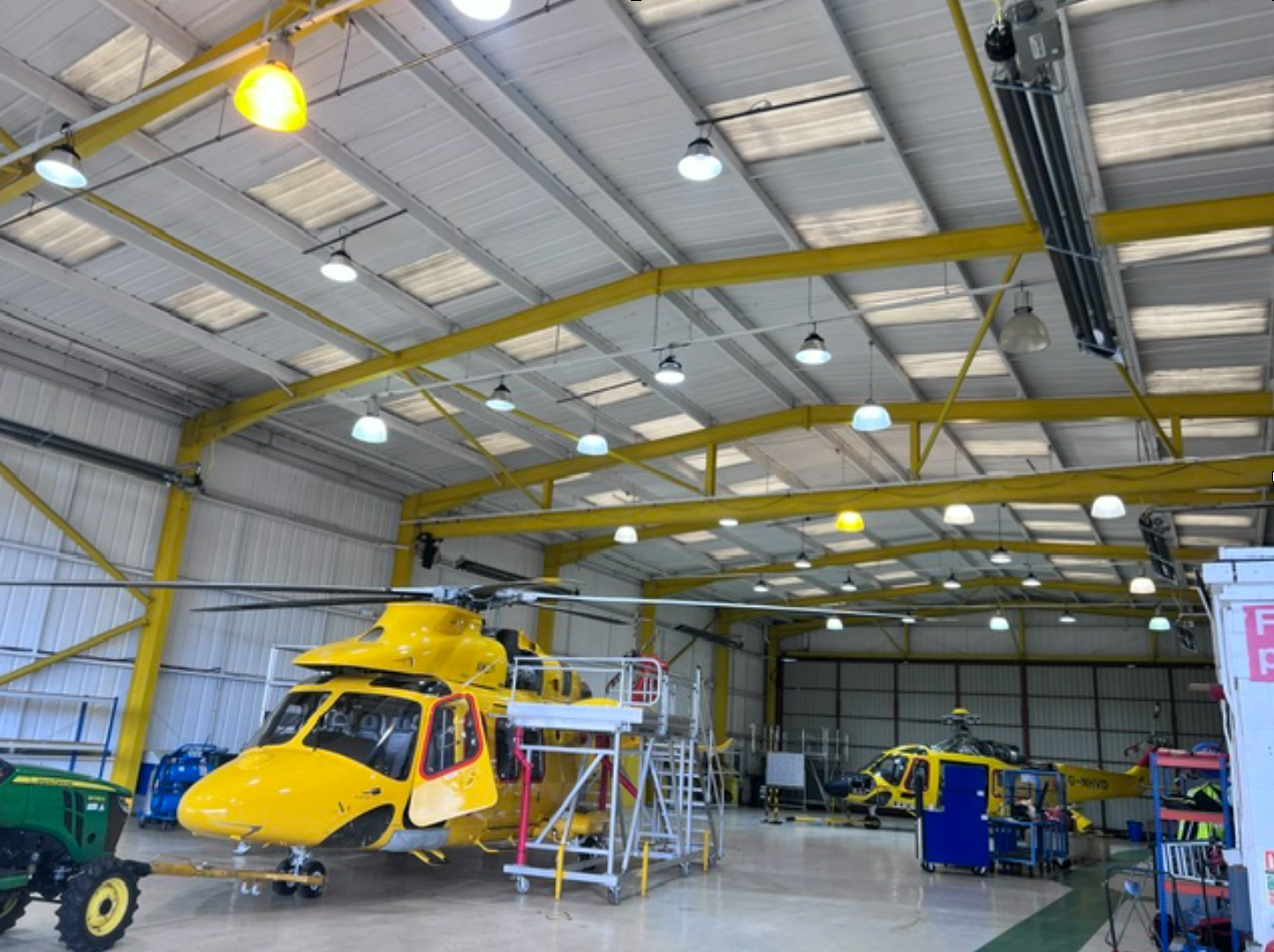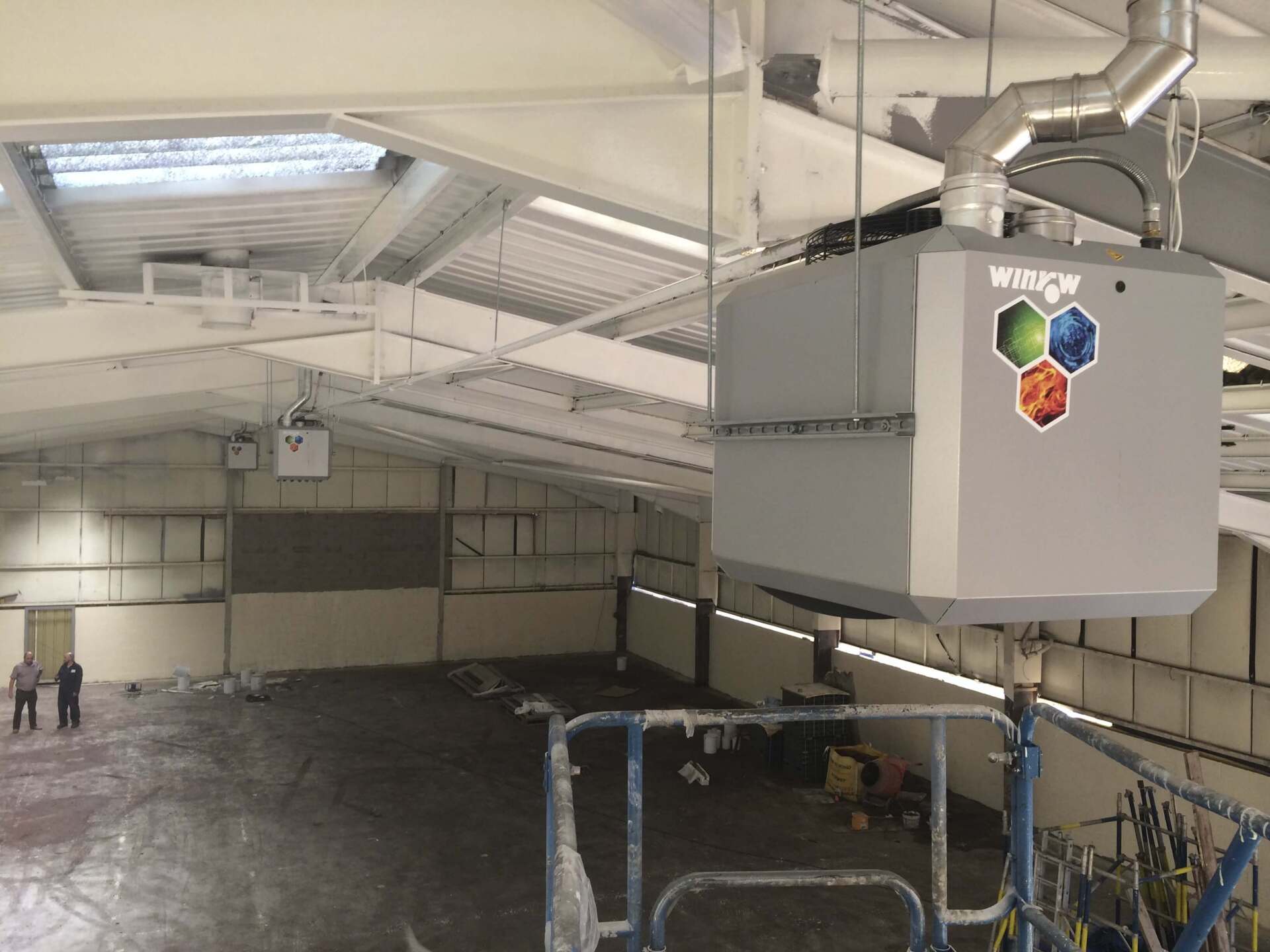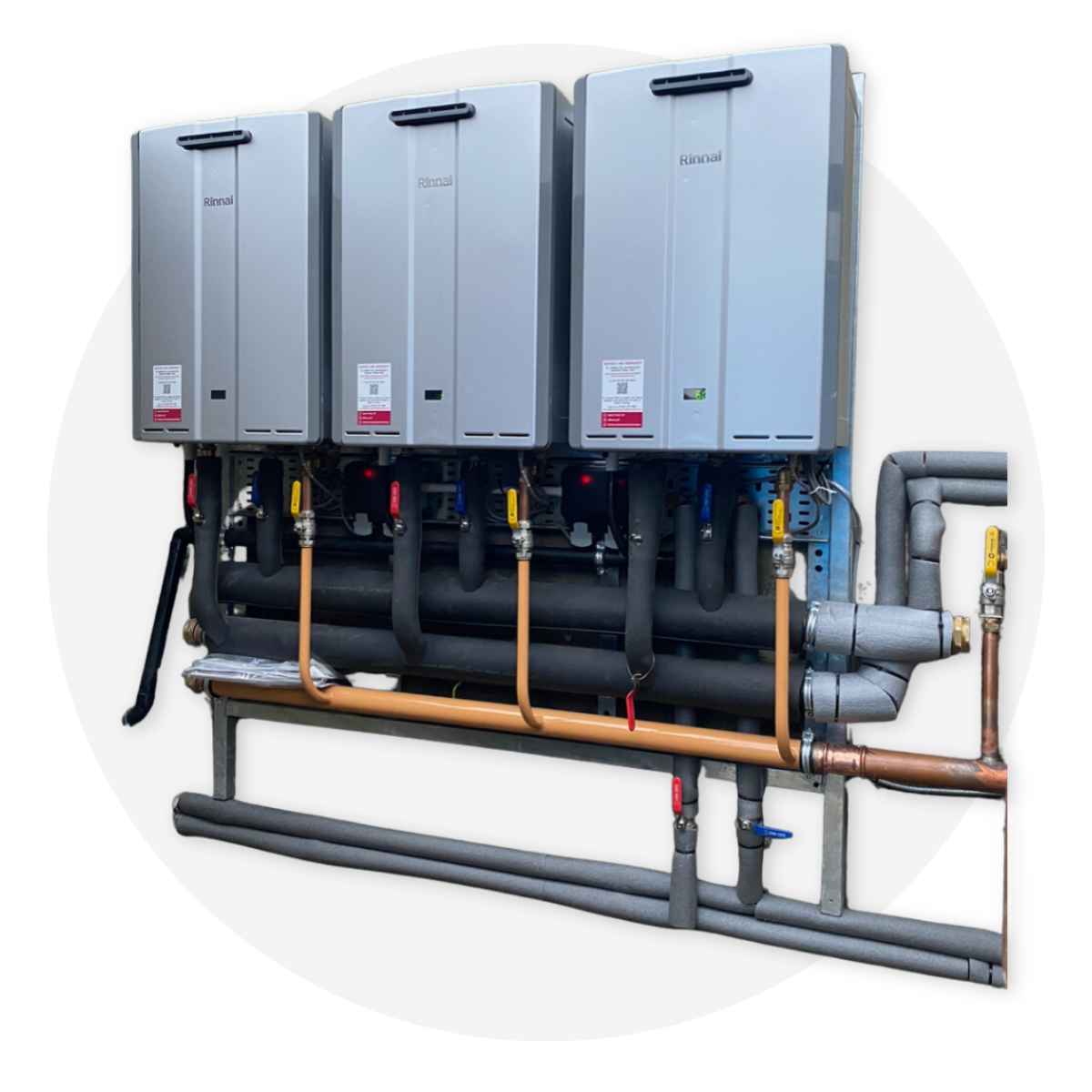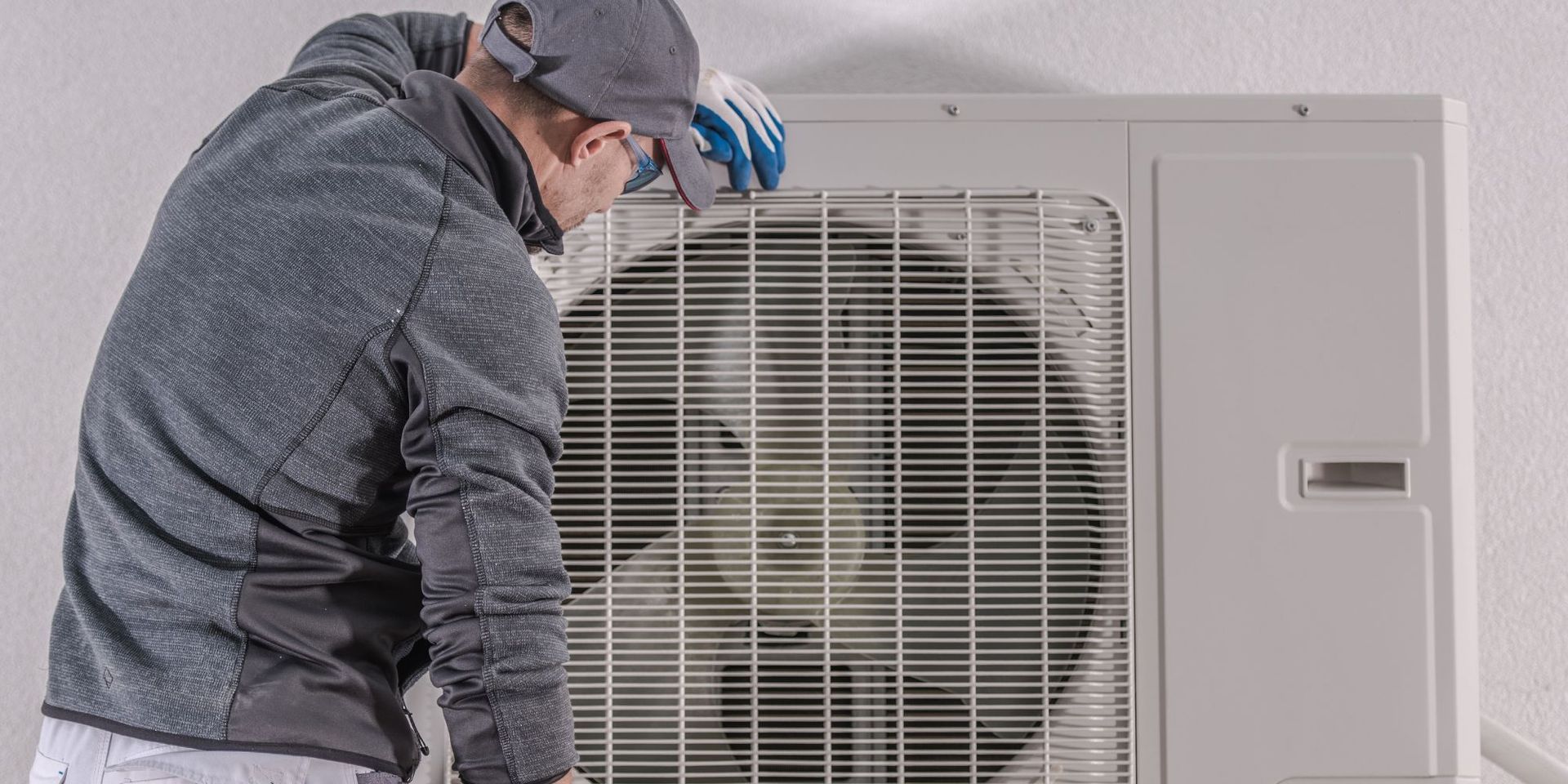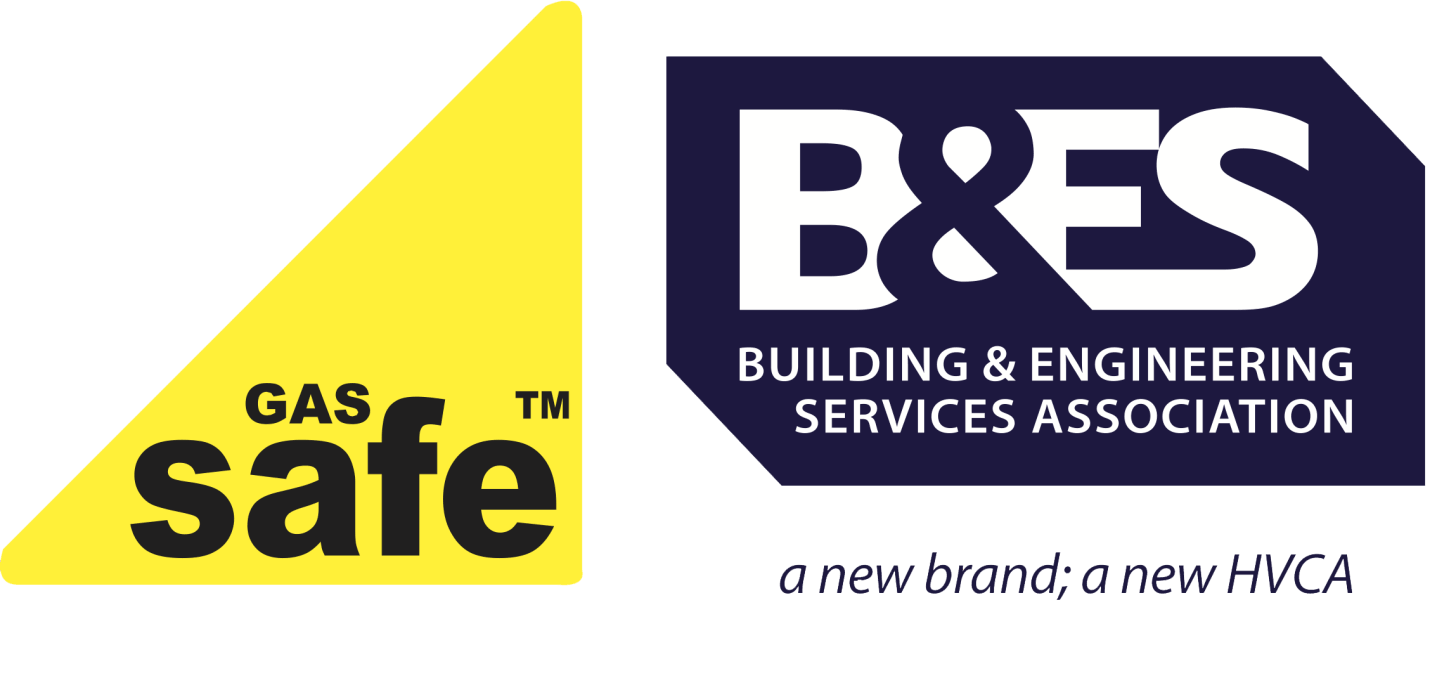Playing by the Rules: Essential Guidelines for Industrial Heaters in the UK
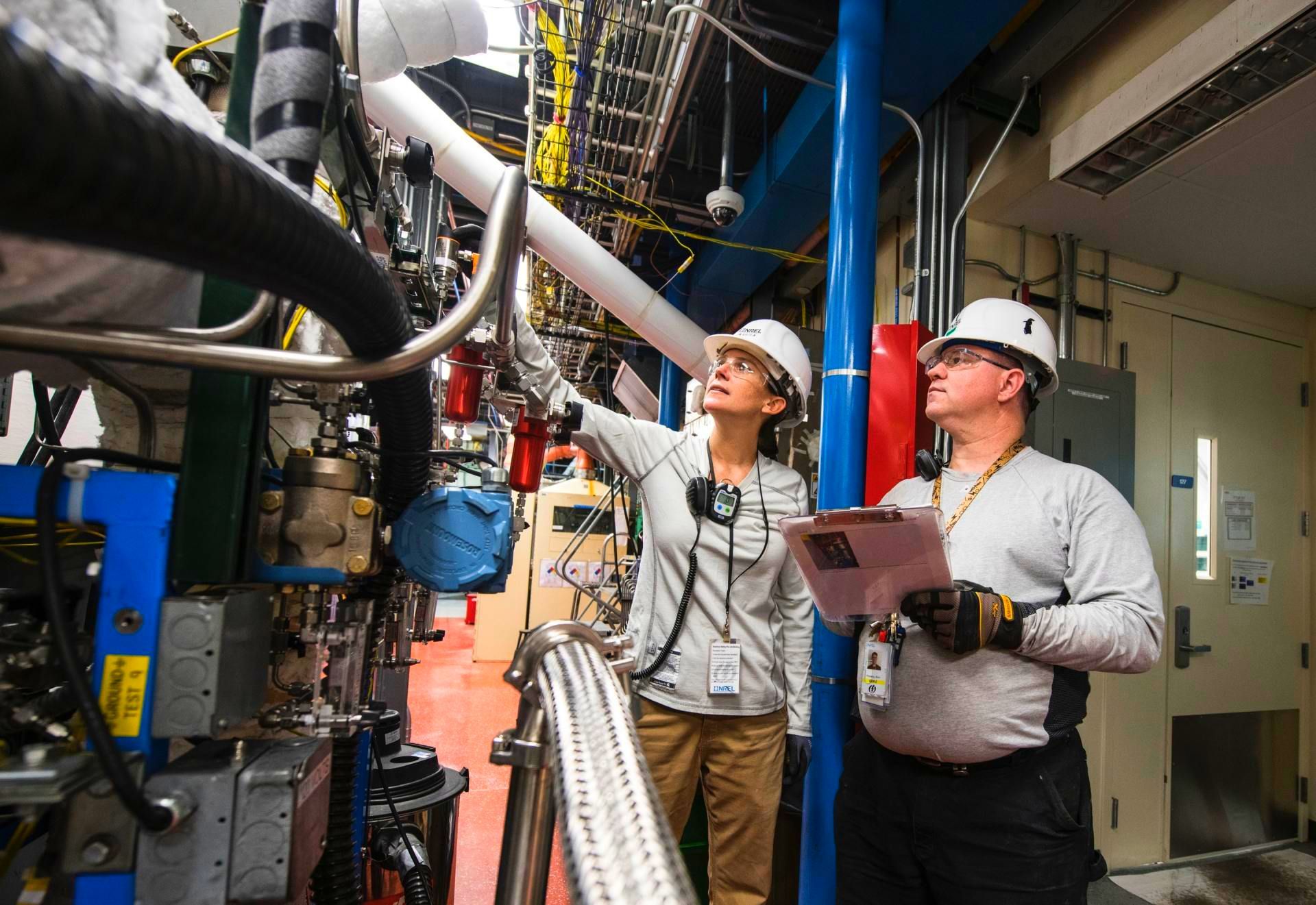
As you wade through the industrial heating landscape in the UK you know there’s more to it than just specifying the right equipment. You’re about to find out that compliance with regulations and guidelines is key to avoiding costly mistakes, safety and minimising environmental impact. From EU directives to British Standards and from design to maintenance the path to compliance is littered with guidelines. But where do you start and what are the key things you can’t afford to miss? Let’s take a look at the rules for industrial heaters in the UK.
EU Directives and Standards
By 2025 you’ll need to ensure your industrial heaters comply with the EU’s EcoDesign Directive which sets minimum energy efficiency standards for various product groups.
This directive aims to reduce energy consumption and greenhouse gas emissions and you need to take steps to ensure your products meet the standards.
As part of the Harmonisation Process the EU has produced a set of guidelines to help with compliance.
You’ll need to do a Risk Assessment to identify the hazards with your industrial heaters and implement measures to mitigate them.
This will help you identify where to improve and ensure your products meet the EcoDesign Directive.
By understanding the EU directives and standards you can avoid costly re-designs and a smooth transition to compliant products.
Don’t wait until it’s too late – start now to ensure your industrial heaters meet the EU energy efficiency standards.
UK Legislation
As you wade through the industrial heating landscape in the UK you’ll need to ensure your products comply with the relevant legislation.
You know EU directives are involved but it’s equally important to understand how British Standards come into play.
EU Directives Alignment
You need to ensure your industrial heaters comply with UK legislation which largely mirrors EU directives on safety, performance and environmental impact. This alignment is key to avoid any risks or penalties.
Post Brexit the UK has maintained a similar regulatory framework to the EU but there are Brexit implications to consider. Although the UK is no longer part of the EU you need to stay informed about EU directives and their equivalent in UK law.
Harmonisation issues may arise if there are differences between EU and UK regulations.
You need to stay informed of any changes to ensure your industrial heaters meet the standards. It’s recommended to consult with industry experts or the relevant authorities to be certain.
Also you need to review and update your products and processes regularly to ensure they are aligned with the latest EU directives and UK legislation. That way you’ll avoid any problems and stay ahead of the competition.
British Standards
Compliance with British Standards is key for industrial heaters in the UK where compliance with specific regulations means safety, performance and environmental sustainability.
As an industrial heater manufacturer or user you need to ensure your products meet the required British Standards such as BS EN 62305-1:2018 for electrical safety and BS EN 1297:2015 for thermal performance.
You need to do a thorough risk assessment to identify the hazards and implement measures to mitigate them.
This includes reviewing the heater’s design, installation, operation and maintenance to prevent accidents and comply with British Standards.
You should also consider the Industry Benchmark which sets the standards for best practice in the industry.
Regulations Enforcement Bodies
They’re watching: the UK’s regulations enforcement bodies, the Health and Safety Executive (HSE) and the Environment Agency are monitoring industrial heater manufacturers and users to ensure they comply with UK legislation.
They enforce the regulations and you need to understand their role to avoid non-compliance. The HSE is focused on workplace safety and the Environment Agency on environmental protection.
Both agencies have trained inspectors who visit sites to inspect industrial heaters and manufacturing processes. These inspectors are trained to identify hazards and non-compliance.
They’ll be looking at your equipment, maintenance records and operating procedures. If you’re found non-compliant you may face penalties, fines or even prosecution.
To avoid this you need to stay informed of the latest regulations and guidance. Make sure you know the agency’s role and what they expect to ensure your industrial heaters meet the standards.
Design and Build Guidelines
When designing and building industrial heaters in the UK you need to follow strict guidelines to prevent accidents and a safe working environment.
You must consider thermal expansion as it can cause pipes to burst or components to fail. Make sure your design allows for thermal expansion and components are securely fastened to prevent movement during operation.
Material selection is key. You’ll need to choose materials that can withstand the high temperatures and corrosive environments found in industrial heating applications.
Look for materials that are corrosion resistant, heat resistant and thermal shock resistant. Also ensure your design meets the relevant British Standards and directives such as the Pressure Equipment Directive (PED) and the Machinery Directive.
Installation and Commissioning Requirements
As you prepare to install your industrial heater you need to focus on three key areas to ensure a successful commissioning process.
You need to get your site ready, install the heater correctly and follow the right start up procedures.
Site Preparation
You need to identify the hazards and risks at your site before installing industrial heaters to ensure a safe and efficient installation process. This step prevents accidents, reduces downtime and saves you from costly repairs.
When preparing your site you’ll need to assess the ground conditions. Is it stable and even? Are there any underground utilities or obstacles that will interfere with the installation? Knowing the ground conditions will help you choose the right heater and ensure it’s properly secured.
Now look at your site layout. Consider the space, ventilation and access points. Will the heater fit in the designated area or will it block walkways or other equipment? Are there any flammable materials nearby that could be a fire hazard?
Installation Methods
Correct installation of your industrial heater requires attention to detail and the installation team must follow the manufacturer’s guidelines and industry standards to ensure safe and efficient operation.
You should start by doing thermal mapping to identify areas of high heat loss and optimise the heater’s placement. Then ensure pipe routing is planned carefully to reduce heat loss and prevent pipe damage.
When installing the heater make sure the team follow the manufacturer’s instructions for assembling and connecting the heater components. Pay attention to electrical connections, ensure they’re secure and meet the safety standards. Also check all safety features such as temperature sensors and alarms are installed and functional.
Remember to also do thorough testing and commissioning to ensure the heater is operating within the specified parameters. This includes checking for leaks, verifying flow rates and testing the control systems. By following these steps you’ll ensure a safe, efficient and reliable operation of your industrial heater.
Start Up Procedures
Once installed commission the heater by following the start up procedures to ensure safe and trouble free operation. This is a critical step that can’t be missed as it sets the scene for the entire life of the heater.
Before you start the heater you’ll need to do a System Check to identify any problems. This includes checking the power supply, fuel lines and control systems to ensure they’re working correctly.
Then follow the recommended Preheat Sequence to bring the heater up to operating temperature. This prevents thermal shock and reduces component failure.
Other start up procedures:
- Check the control systems and alarms are working
- Check the heater against the manufacturer’s specifications
- Do a series of test runs to ensure the heater is within safe parameters
- Document the start up and results for future reference
Maintenance and Inspection Schedules
Regularly check and service your industrial heaters to prevent breakdowns, reduce downtime and optimise performance.
You need to have a maintenance schedule to identify and fix problems before they become major issues. Start by keeping a record of your maintenance activities including inspections, repairs and replacements.
This record keeping will help you monitor your heater’s performance and identify areas for improvement.
Use scheduling tools like calendars, reminders or maintenance management software to stay on top of your maintenance tasks.
These tools will ensure you don’t miss critical inspection dates or routine servicing appointments. Also they’ll help you allocate resources and plan for any downtime.
By having maintenance and inspection schedules you’ll extend the life of your industrial heaters, reduce energy consumption and minimise the risk of accidents.
Operator Training and Competence
To operate your industrial heaters safely and efficiently you need to have the skills and knowledge to do so. This is where operator training and competence comes in.
You need to realise that operator training is more than just familiarising yourself with the equipment. You need to understand the underlying principles, safety protocols and emergency procedures to operate industrial heaters safely and efficiently.
When it comes to operator training consider the following:
Develop a Competency Matrix to assess and evaluate your operators’ skills and knowledge.
Focus on Operator Psychology to understand how human factors impact heater operation and safety.
Do regular training sessions and workshops to update operators’ knowledge and skills.
Include hands-on training and simulations to train operators for real world scenarios.
Electrical Safety and Earthing
By earthing your industrial heaters correctly and installed you can reduce the risk of electrical shock, fires and equipment damage. Electrical safety should be your number one priority and earthing plays a big role in achieving it. A well designed earthing system will protect your equipment and personnel from fault currents which can occur due to lightning strikes or equipment malfunction.
In the UK you need to comply with the relevant standards and regulations, such as the IET Wiring Regulations (BS 7671). These standards cover earthing systems including the type and size of earthing conductors and the testing and inspection of earthing systems.
Make sure your industrial heaters are installed by qualified personnel and have regular maintenance to prevent electrical faults.
Environmental Impact and Emissions
As you look at your industrial heaters overall performance you need to consider their environmental impact as they are a major contributor to greenhouse gas emissions and air pollution in the UK.
Your heaters carbon footprint will have a lasting effect on the environment so you need to do something about it.
To reduce your environmental impact consider:
Optimise heater performance: Regular maintenance and tuning will help your heaters run more efficiently and reduce energy consumption and emissions.
Invest in green initiatives:
Explore alternative energy sources like solar or biomass to power your heaters and reduce your dependence on fossil fuels.
Choose eco friendly heaters:
Look for heaters with low NOX emissions and high energy efficiency ratings to minimise their impact.
Install energy saving controls:
Smart controls that can optimise heater performance and reduce energy waste.
Summary
You made it to the final step to ensure your industrial heater complies with UK regulations.
By following these you have mitigated risks, protected the environment and a safe working environment.
Remember compliance is an ongoing process so stay up to date with changing regulations and service your heater as scheduled.
Share This Post.
Latest News | Winrow Industrial Heating
